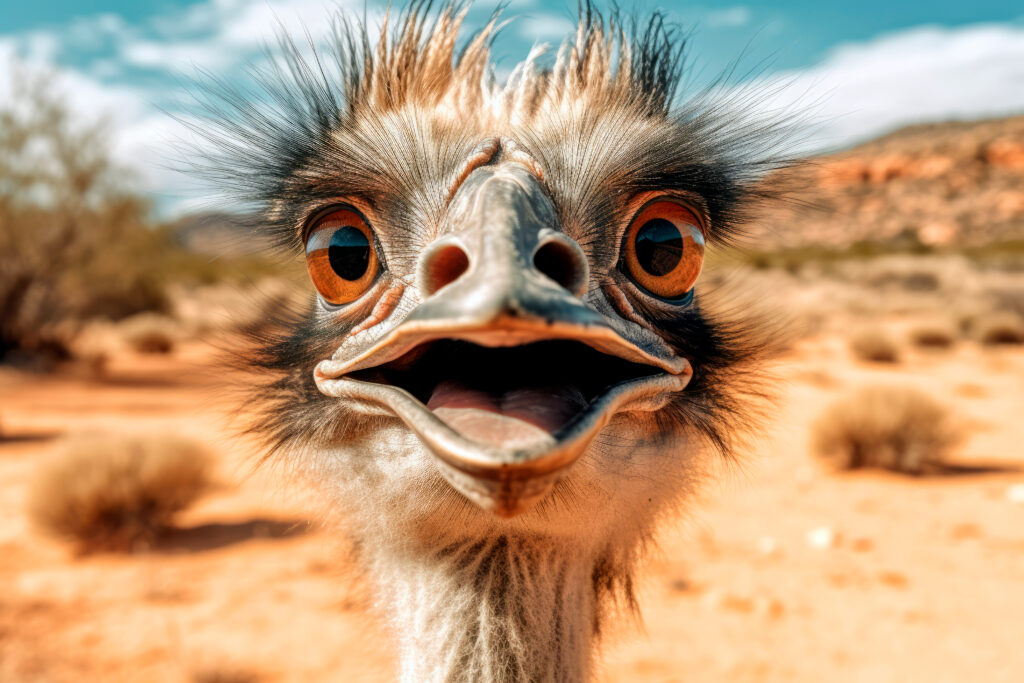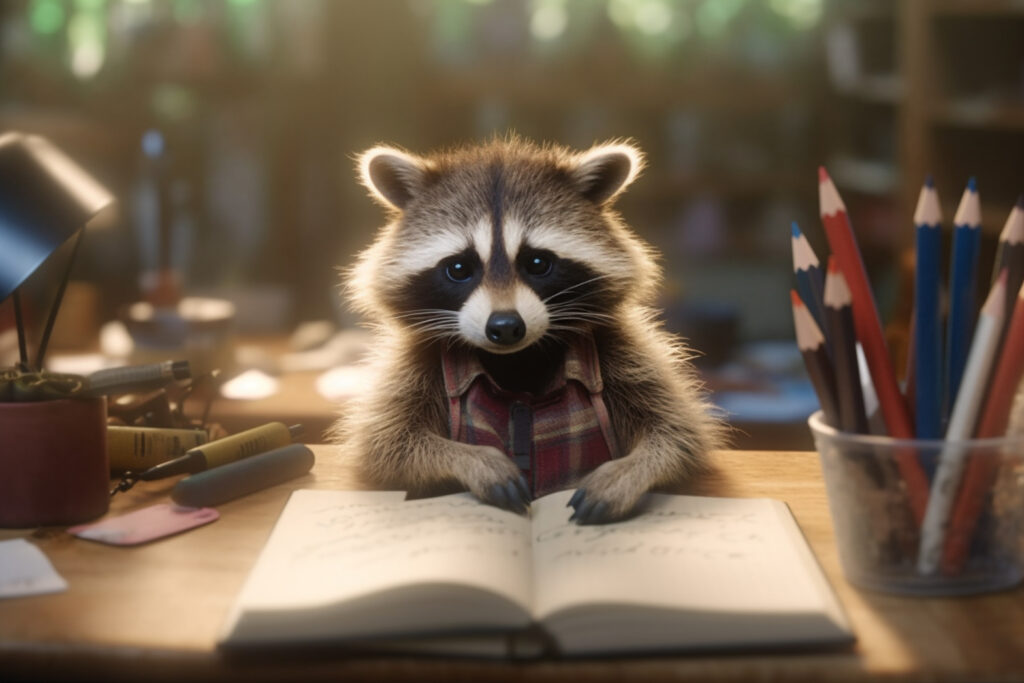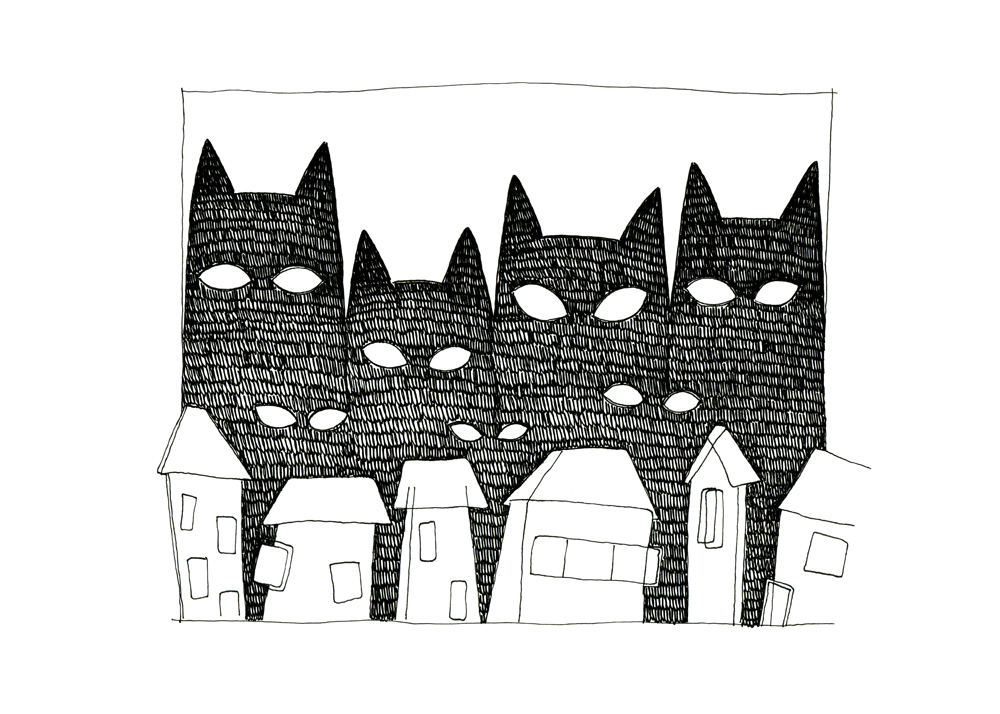How To Make A Book Sexy – Ban It
If you think you can avoid AI, good luck. It is the MSG flavoring our digital world. If it is not already in everything now, it will be—unless we put some laws in place that spell out the parameters and side-effects, which we don’t even know yet, but certainly include heart palpitations and sweating!
How To Make A Book Sexy – Ban It Read More »







